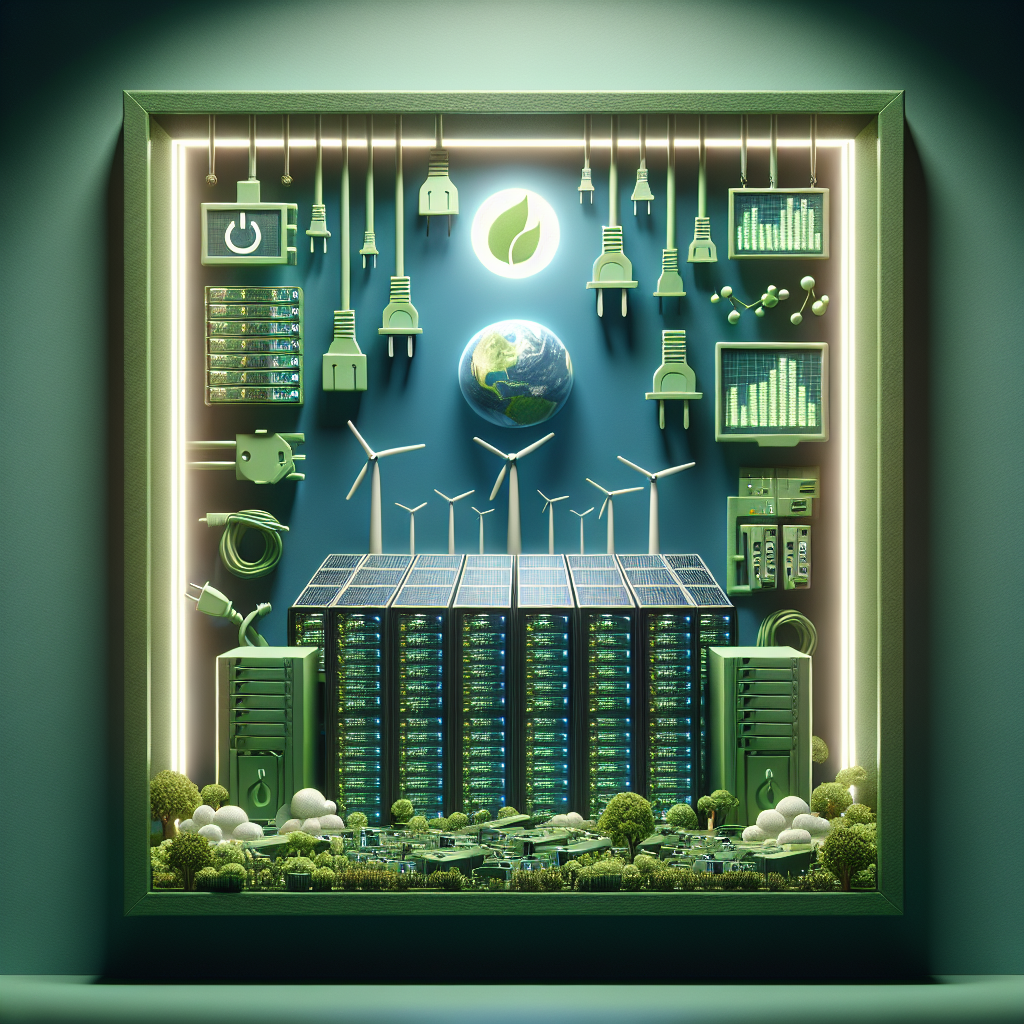Your cart is currently empty!
Green Computing: How Data Center Servers Can Reduce Energy Consumption

In today’s digital age, data centers play a crucial role in storing and processing vast amounts of information. However, the rapid growth of data centers has raised concerns about their environmental impact, particularly in terms of energy consumption. To address this issue, many data center operators are turning to green computing solutions to reduce their carbon footprint and lower energy costs.
One of the key components of green computing in data centers is the optimization of server energy consumption. Servers are the backbone of any data center, performing the heavy lifting of processing and storing data. However, traditional servers can be energy-intensive, consuming large amounts of electricity to run and cool.
To reduce energy consumption, data center operators are adopting a variety of strategies. One common approach is server virtualization, which allows multiple virtual servers to run on a single physical server. By consolidating workloads onto fewer servers, data centers can reduce their overall energy consumption and improve efficiency.
Another way data centers are reducing energy consumption is through the use of energy-efficient hardware. This includes servers with low-power processors, solid-state drives, and energy-efficient cooling systems. By investing in energy-efficient hardware, data centers can significantly reduce their energy consumption and operating costs over time.
In addition to hardware upgrades, data center operators are also implementing software-based solutions to optimize server energy consumption. This includes using power management tools to dynamically adjust server power settings based on workload demands. By scaling server power usage up or down as needed, data centers can further reduce their energy consumption without compromising performance.
Furthermore, data centers are exploring renewable energy sources to power their operations. Many data centers are investing in solar panels, wind turbines, and other renewable energy sources to offset their electricity consumption. By harnessing renewable energy, data centers can reduce their carbon footprint and contribute to a more sustainable future.
Overall, green computing initiatives in data centers are essential for reducing energy consumption and minimizing environmental impact. By implementing server virtualization, using energy-efficient hardware, optimizing power management, and investing in renewable energy sources, data centers can significantly reduce their carbon footprint and operating costs. As more data centers adopt green computing practices, we can expect to see a positive impact on the environment and a more sustainable future for the digital economy.

Leave a Reply